Key takeaways
- Science fiction props, like the Terminator bust, require artistic skill and technical expertise to authentically capture their characters and themes.
- Surface preparation and quality tools, such as brushes and airbrushes, are crucial for achieving detailed and realistic paint jobs.
- Layering techniques and weathering effects transform a static piece into a dynamic representation, adding depth and storytelling through visual wear.
- Sealing the paint job carefully maintains the desired finish and preserves the artwork, reflecting the character’s essence effectively.
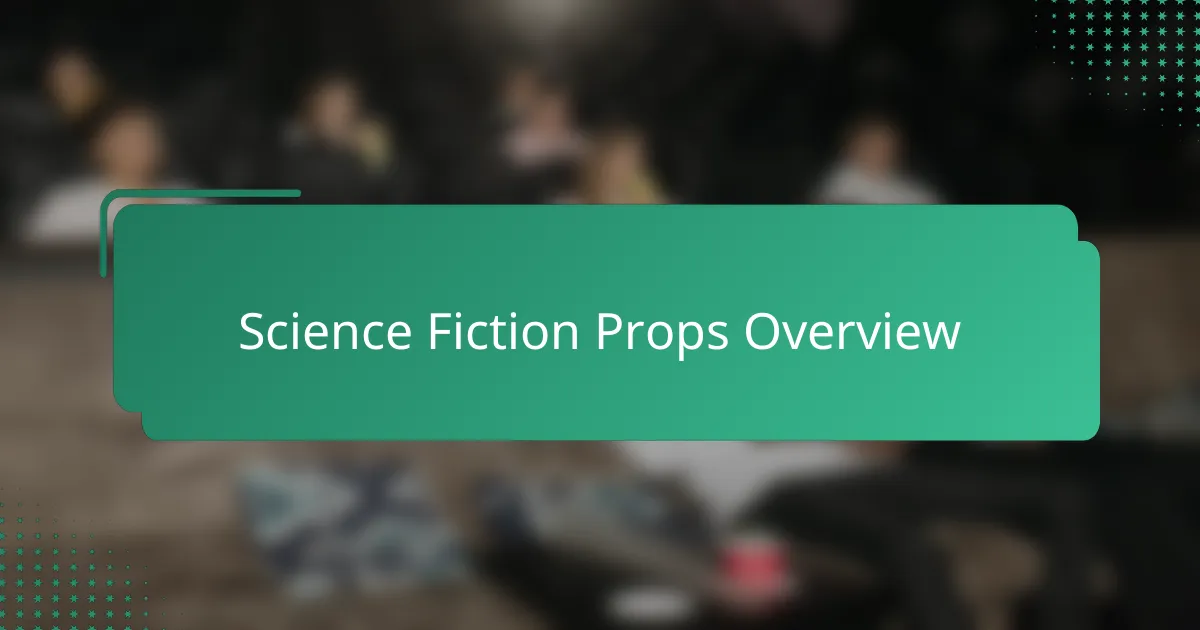
Science Fiction Props Overview
Science fiction props fascinate me because they bring imaginative worlds to life in tangible ways. From intricate gadgets to iconic armor, these pieces serve as physical bridges between storytelling and reality. Have you ever noticed how a well-crafted prop can instantly transport you to another universe?
What I find most captivating is the level of craftsmanship involved. Creating these props isn’t just about appearance; it’s about capturing the essence of a character or a concept. It often requires a mix of artistic skill, technical know-how, and a deep appreciation for the original source material.
When I handle a piece like a Terminator bust, I feel a connection to both the sci-fi universe and the talented artists behind it. These props are more than mere decorations—they are a testament to creative passion and dedication that I try to honor in my own painting work.
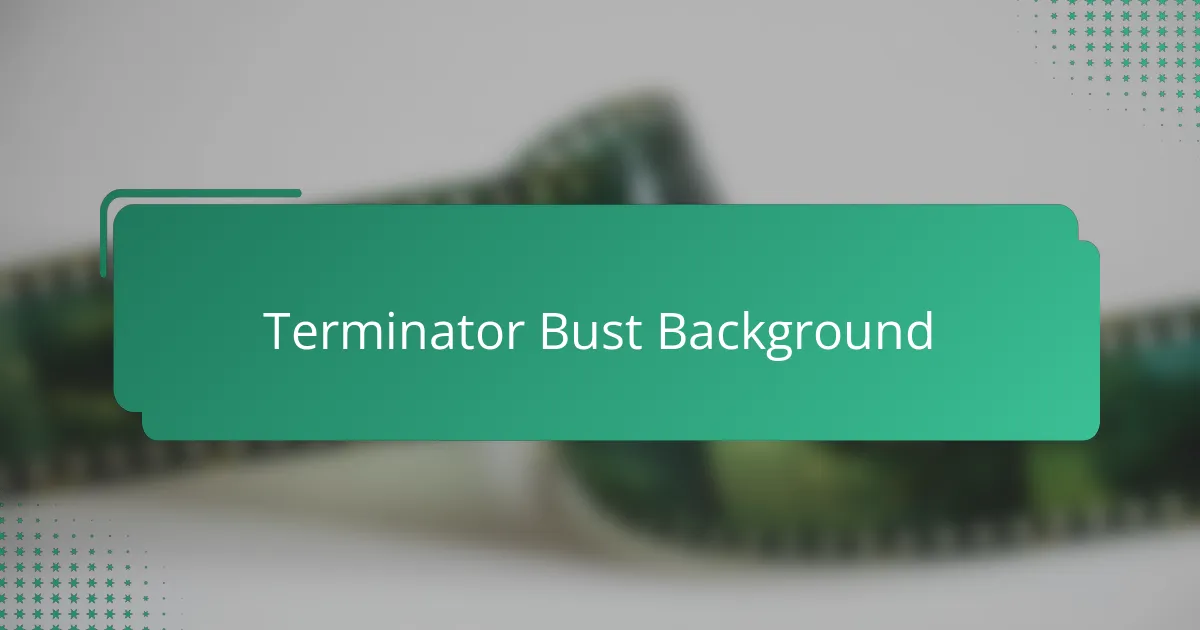
Terminator Bust Background
The Terminator bust has always struck me as a symbol of relentless power and eerie precision. Its design, blending human features with exposed machinery, tells a story of unstoppable force beneath a deceptively familiar face. I’ve often wondered how the original artists captured that chilling balance so perfectly—it’s like they sculpted a legend in frozen time.
Diving into the background of the bust, I discovered it’s much more than just a model; it’s a piece that represents the intersection of human vulnerability and cold technology. This duality fascinated me deeply when I first saw it up close—how can something look both human and inhuman at the same time? That question shaped the way I approached every brushstroke later on.
What always intrigues me is the history behind these busts—their role as trophies of movie-making mastery and fan devotion. Knowing that enthusiasts and professionals alike have handled this same design adds a layer of connection I don’t take lightly. It’s like joining a tradition that honors not only the character but the countless hours poured into bringing it to life.
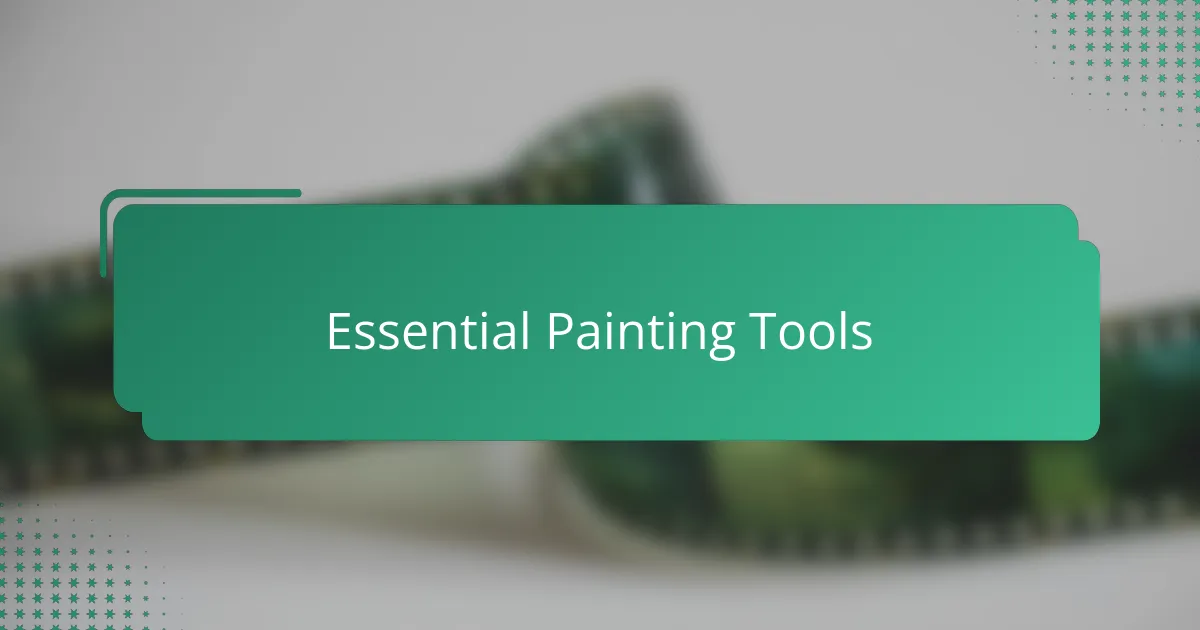
Essential Painting Tools
When I first started painting the Terminator bust, the tools I chose felt as important as the colors themselves. A good set of brushes—ranging from fine detail ones to broader flat brushes—became my trusted allies. I learned early on that without the right brush, even the best paint could fail to convey the tiny mechanical details that make the bust so captivating.
Airbrushes also found a permanent spot on my workbench. Using one gave me that smooth, metallic finish that’s hard to achieve with just a brush. Have you ever tried blending shades to mimic metal reflections? I can tell you, an airbrush makes that process feel less like a chore and more like a creative flow. It’s like giving the bust its cold, lifelike sheen with every gentle pass.
Of course, quality paints and primers are the backbone of any painting project. I can’t stress enough how investing in science fiction-grade acrylics saved me from frustrating finish flaws. And let’s not forget about palettes and mixing tools—they may seem simple, but they keep your shades accurate and consistent. Without these basics, I’d probably still be struggling to match those signature Terminator hues perfectly.
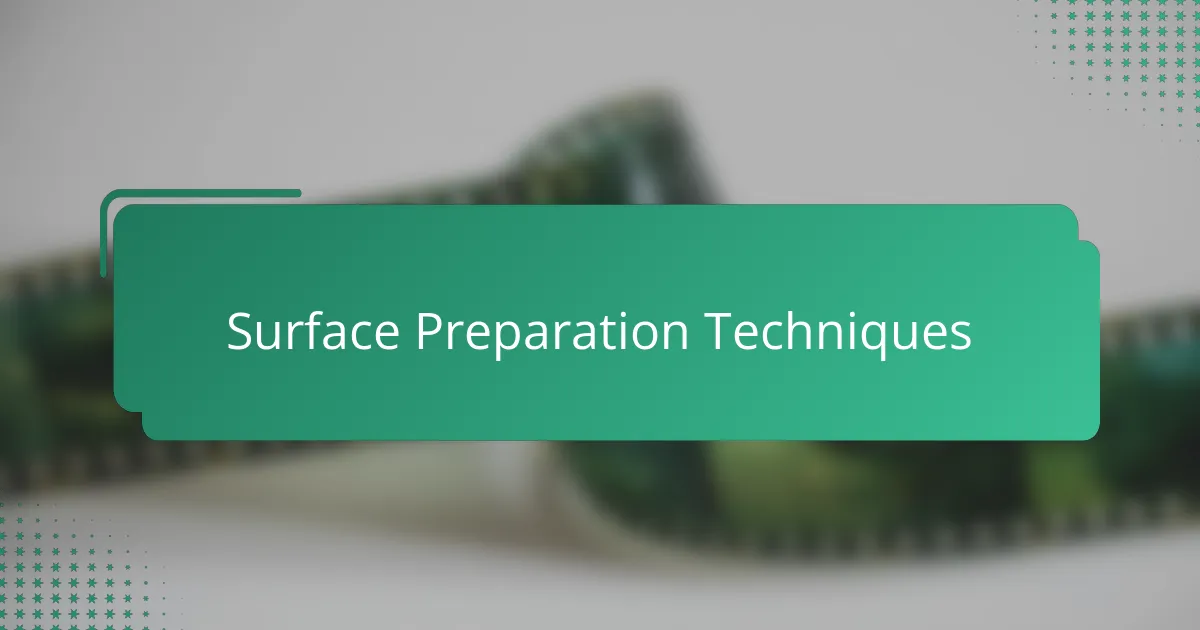
Surface Preparation Techniques
Preparing the surface of the Terminator bust was, frankly, a moment I was both excited and a bit anxious about. I started by gently sanding down rough spots and any leftover mold lines. It may sound tedious, but smoothing those imperfections felt like laying the groundwork for a masterpiece—it’s the kind of task where patience really pays off.
I made sure to clean the bust thoroughly afterward, using a mild soap and water rinse, then letting it dry completely. This step might seem obvious, but trust me—painting over dust or oils from your fingers can ruin hours of work. Have you ever tried fixing paint that just won’t stick? That’s the kind of frustration I wanted to avoid.
To help the paint adhere better and to enhance the details, applying a good primer was crucial. I remember choosing a grey primer because it strikes a nice balance, revealing both highlights and shadows before I even touched the paint. This part felt like waking up a dormant sculpture, ready to come to life with color.
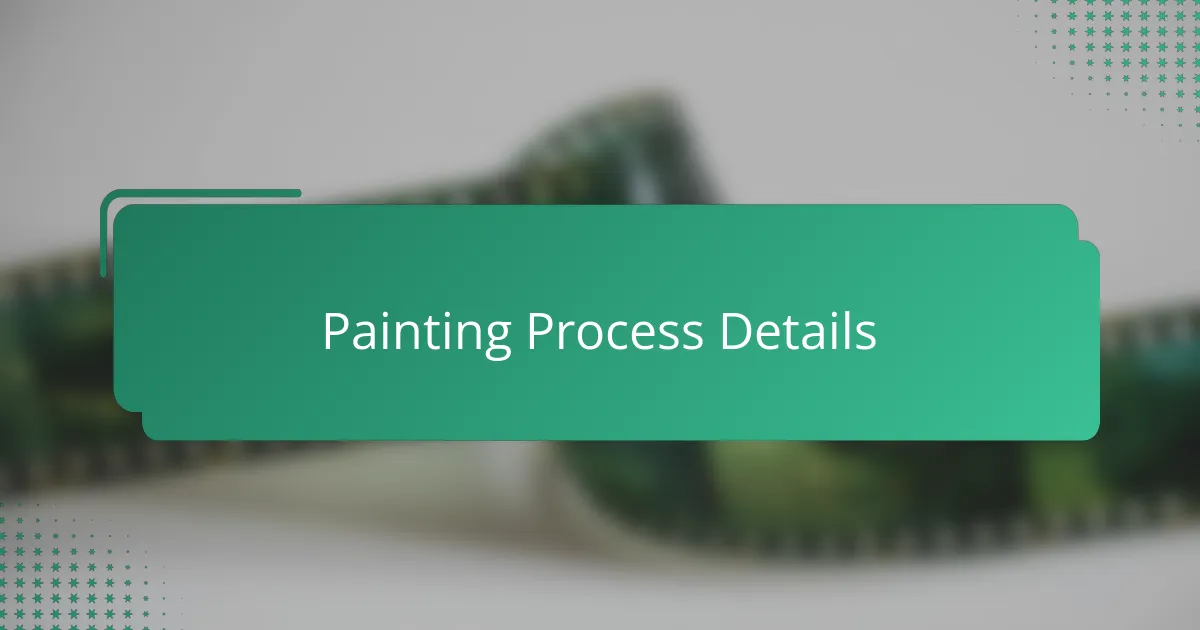
Painting Process Details
Getting into the painting itself, I found that layering was key to bringing out the Terminator bust’s complex textures. Starting with a base coat, I carefully built up shadows and highlights using thin washes rather than thick paint. Have you ever noticed how too much paint can obscure fine details? Keeping it thin let me preserve every mechanical groove and weathered edge.
I used a mix of metallic shades to mimic that cold, steely look, blending them subtly to avoid a flat finish. Honestly, watching the layers come together felt like unveiling the character’s soul—each brushstroke added depth and realism. It made me realize how painting is as much about patience as it is about skill.
Finally, weathering was where I really let my creativity flow. I experimented with rust effects and subtle grime, aiming to tell a story through wear and tear. It’s fascinating how a few strategic spots of paint can transform a static bust into something that feels lived-in, almost as if it had survived countless battles. Have you ever tried adding weathering to a prop? It’s like giving it its own history.
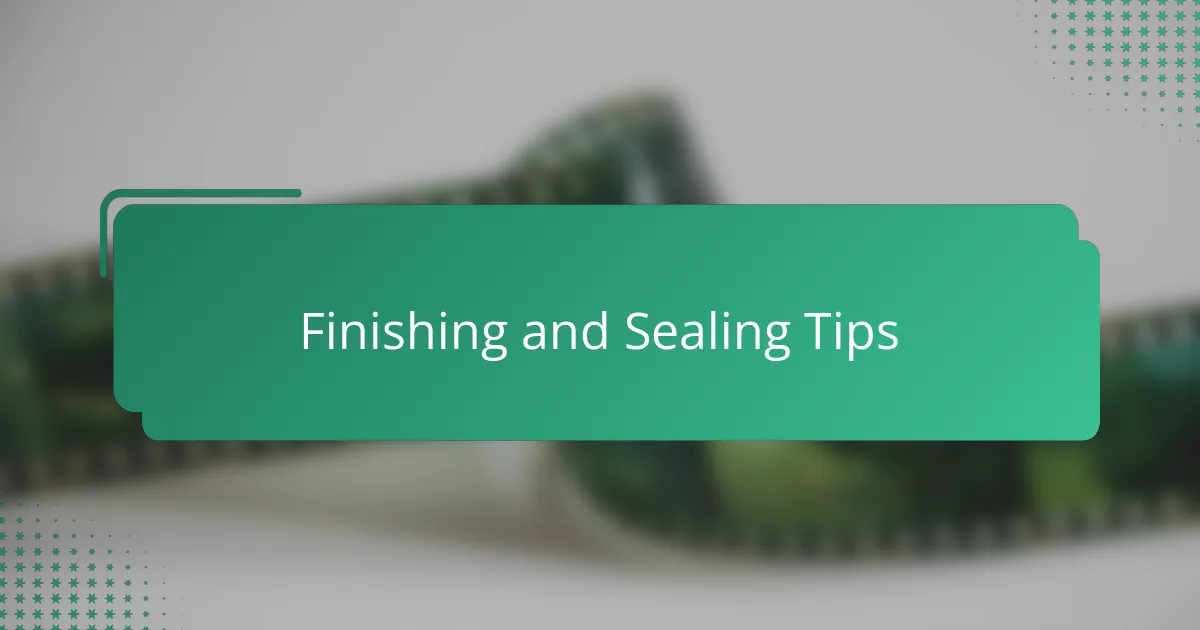
Finishing and Sealing Tips
Sealing the paint job was a delicate moment for me—I knew that all those fine layers deserved protection without dulling the metallic shimmer. I opted for a thin, matte clear coat to preserve the bust’s gritty realism while keeping reflections subtle. Have you ever hesitated before spraying that final layer? It’s nerve-wracking, but taking light, even passes made all the difference.
What really helped was waiting long enough between coats; rushing the sealant can trap moisture or cause a cloudy finish, something I learned the hard way on an earlier project. Patience here is key, almost like giving the sculpture time to breathe before locking in the details. I treated it like a final handshake—gentle but purposeful.
If you’re worried about fingerprints or scratches over time, consider a slightly satin finish instead of full matte—it strikes a balance that still looks natural but offers a bit more resilience. From my experience, choosing the right finish isn’t just a technical choice; it’s about matching the bust’s personality, its story made visible through texture and light.


